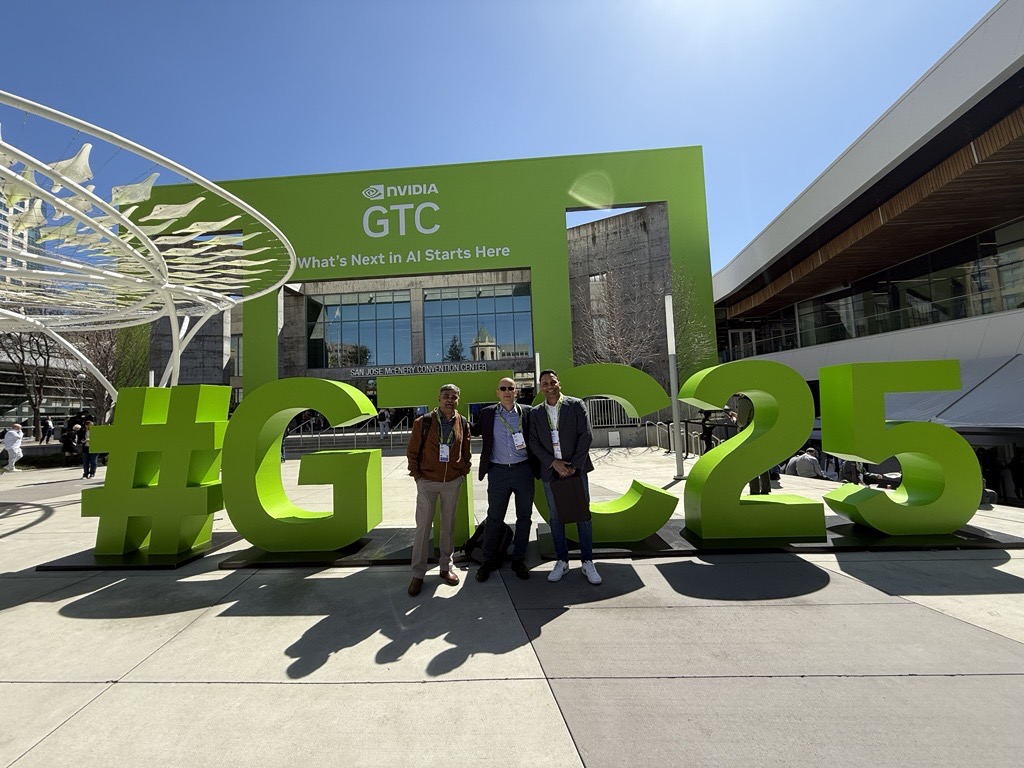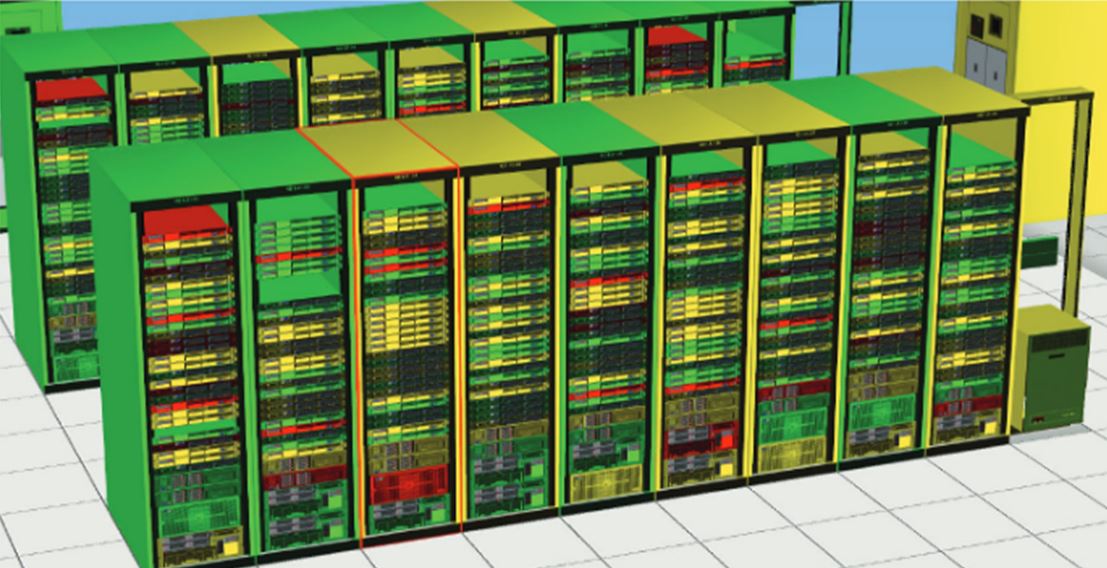Smartphone users who can access LTE networks know their primary benefit-higher speed data service. LTE means streaming videos that don't freeze up every few seconds, quicker internet searches, better mobile gaming and more. Delivering high data speeds is a primary consumer benefit operators consider when deploying LTE. How those LTE networks work in the background is something most users don't see. They don't have to worry about the engineering and technical details that influence how well LTE works in a network.
But CommScope's Ray Butler does have to worry about those things. As vice president of active wireless products engineering, worrying about how RF equipment impacts LTE network performance is part of his job description. I caught up with Ray at the PCIA Wireless Infrastructure Show last week to talk about how LTE networks are evolving. Ray informed me about one of the differences between 3G and LTE networks in terms of how base station antennas need to perform. Check out the interview to learn more.
CommScope's Patrick Lau was also at the PCIA event to participate in a panel about the evolution of distributed antenna systems (DAS). The panel attracted a good amount of attention with a full room of people listening to the discussion (check out the RCR Wireless video to view it yourself). Like the macro networks, DAS networks are evolving to provide the capacity operators need to support their subscribers in heavy traffic areas.
Can you think of other major differences when it comes to technology and equipment that support 3G and 4G networks? What other considerations need to be accounted for?





